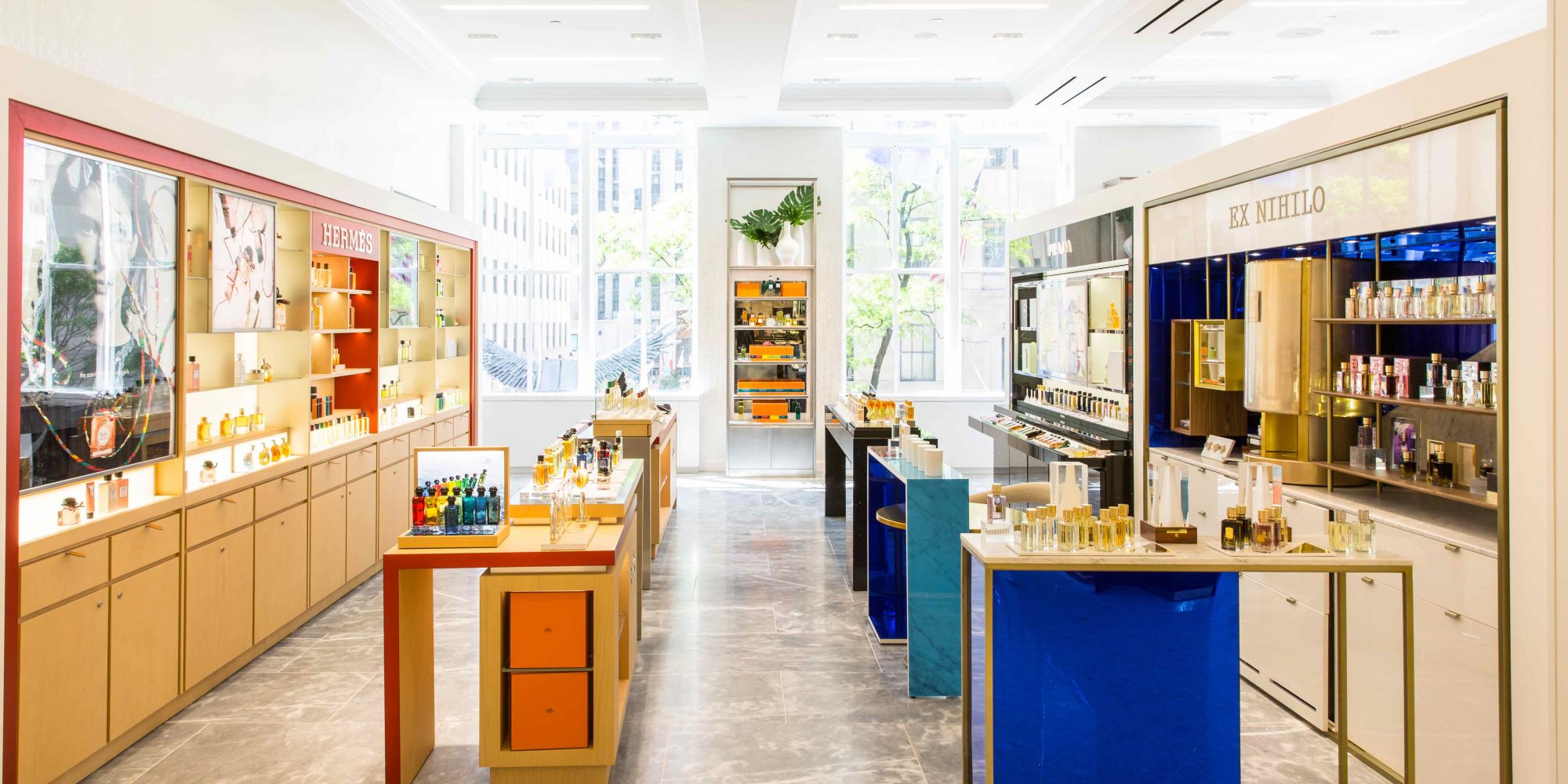
Department Stores Are Turning To Indie Beauty Brands, But Should Indie Beauty Brands Turn To Them?
In the late nineties and early aughts as department store beauty sections grappled with declining store traffic and competition from Sephora’s open-sell concept, retailers such as Bloomingdale’s and Macy’s squeezed in then indie brands Smashbox, Urban Decay and Hard Candy to lure younger shoppers with newness they couldn’t find at traditional counters.
“The buyers were smart enough to know they needed those brands to bring in excitement, but they couldn’t be on the main floor of Bloomingdales or Macy’s because they couldn’t survive the financials,” remembers Jill Dunk, co-founder of The Pienza Collective and former executive vice president of sales at Urban Decay. “And we needed visibility. We didn’t have the visibility.”
Now, department store retailers’ efforts to incorporate indie brands have been kicked into higher gear. Each one has developed a format to showcase rising beauty brands and relieve financial pressure on them, whether it be Neiman Marcus’s Trending Beauty Shop or the ShopTheExpo program with Indie Beauty Expo, Barneys New York’s Conscious Beauty assortment, Nordstrom’s Well Beauty outposts, Bloomingdale’s Glowhaus or Macy’s Impulse.
What should indie beauty brands make of their growing department store prospects? The indie brands courted for the friendlier formats to small businesses have more options than their predecessors while department stores continue to face tough headwinds. Ulta Beauty has surged along with Sephora in the sizzling specialty beauty retail sector, and direct-to-consumer and social media channels offer brands outlets for exposure and sales not limited to four walls.
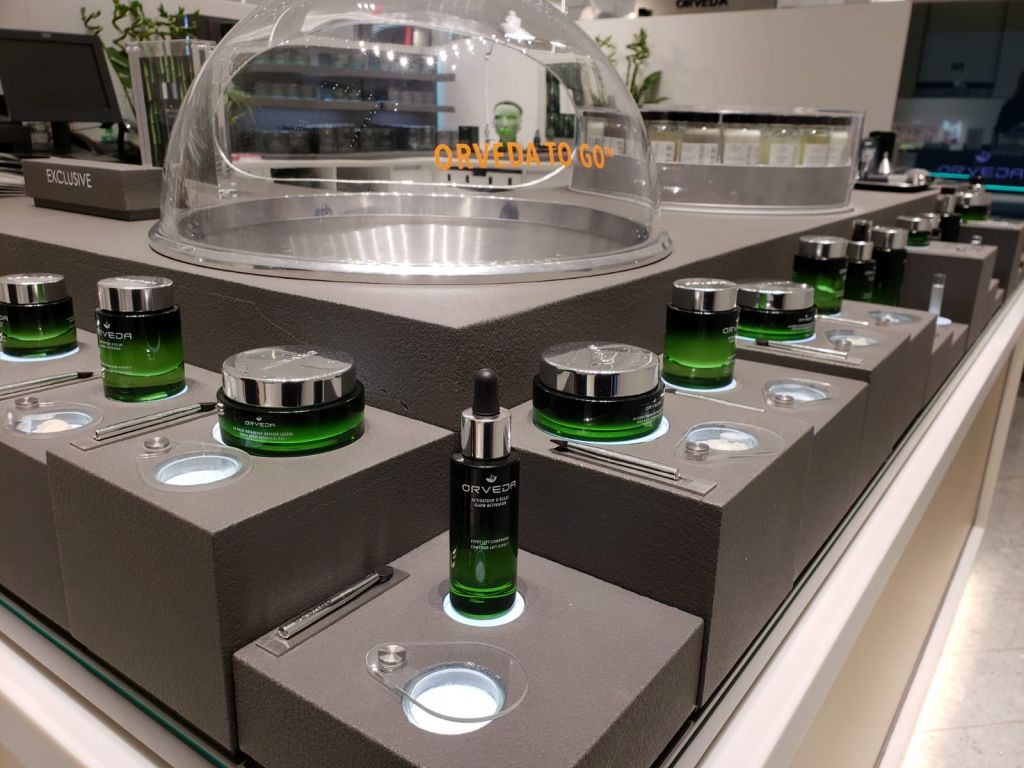
“The difference around 20 years later is the internet. People aren’t discovering the same way,” says Dunk, reflecting on the changes in department store and indie beauty dynamics since she handled sales at Urban Decay. “We were dependent on department stores to help us because there wasn’t the distribution there is today.”
With today’s diversity of distribution, department stores are less relevant for indie beauty brands, but that doesn’t mean they’re irrelevant. Their importance boils down to relative costs to brands, their potential to boost positioning and customer reach, and revenue generation. If they can deliver on those fronts to underpin a brand, they remain in play for indies.
“Do indie brands need department stores? There’s not a simple answer because, at the end of the day, omnichannel is alive and well,” says Dunk. “There’s still a need to touch, play and discover.” Sabrina Yavil, a beauty marketing consultant whose clients include Rodan + Fields and Walker & Co., concurs, explaining it’s important for brands to be in many places across various channels. “Your customers are shopping in different places, so you need to be where they are,” she says.
Murphy Bishop II, founder of Bleu Brand Development and co-founder of The Better Skin Co, argues department stores aren’t the primary distribution targets for hot indie beauty brands, although they may be desired in the retail mix. “It’s very hard to make money with them. If an indie brand goes in, they need to negotiate a great contract and ensure that they understand all cost involved. They also need to have a clear understanding of what, if anything, the store will do to promote them,” he says. “Not a single department store has the same buzz as Riley Rose [or] Urban Outfitters.”
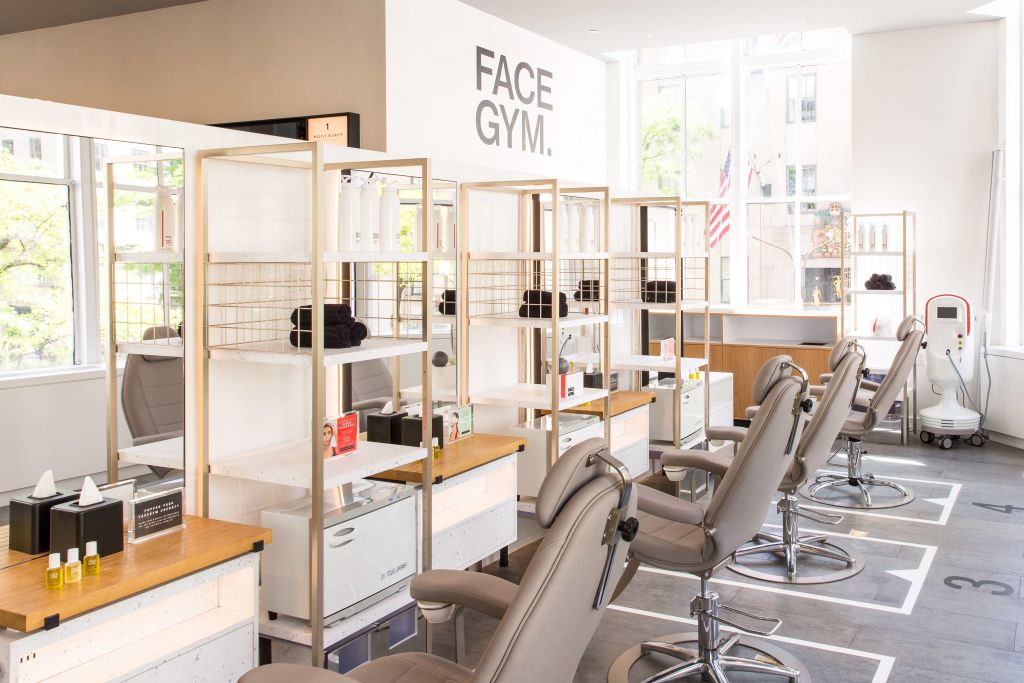
Buzz is synonymous with social-media significance and the youth market. Millennials may not have totally given up on department stores – a RetailMeNot study estimates a third of millennial purchases are made at multi-category stores like Macy’s and Kohl’s – but Ulta, Sephora, Riley Rose and their specialty ilk cultivate customer bases skewing younger. In that context, brands hoping to woo millennial and gen z shoppers tend to eschew department stores in favor of other beauty outlets.
“The days of only going to a department store are certainly over, and Sephora and Ulta are absolutely carrots for indie brands, but I think department stores are very viable,” says Barbara Zinn Moore, a former senior vice president and general merchandise manager for cosmetics and fragrances at Lord & Taylor and founder of Barbara Zinn Moore Associates. “A higher-priced or antiaging brand may do better in a department store, but, if a brand is truly geared toward millennials, then it might do better at a Sephora or Ulta.”
Department stores have increased their viability for indie beauty brands by making themselves cheaper. In the era of department store dominance, nascent brands may have had to pony up 35% to 55% of staffing costs to get on the floor, but those staffing costs are being substantially reduced or eliminated for indies. Simultaneously, the costs to go into Sephora are piling up along several dimensions from margins to marketing and samples to fixtures. The formats involving indie beauty brands are rolled out slowly, too, in order to give brands the ability to prepare their capabilities for department stores.
“In the past, the financial agreements have been challenging,” says Zinn Moore, discussing department stores. “I do believe today that there’s room for negotiation if it is the right brand. The industry is in such tremendous flux right now, and all the old rules should be tossed out.”
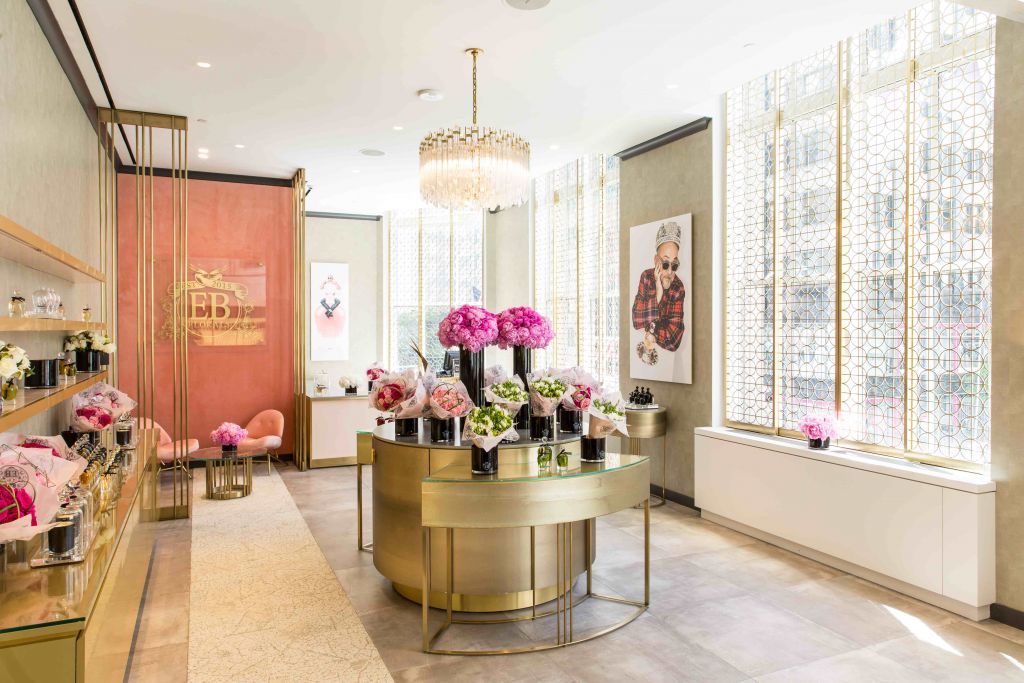
The right indie brands are coveted for their on-trend products as well as on-trend services that draw people to stores. In the revamped Saks Fifth Avenue beauty floor in New York, indie brands, notably Sundays, EB Florals, Blink Brow Bar London and FaceGym, lead the treatment and experience component. Elsewhere on the beauty floor, they lag, and the stalwarts, notably Chanel, La Mer, Tom Ford, Givenchy, Giorgio Armani and Gucci, reign.
“Gone are the days when having new merchandise hitting the racks regularly was simply enough to pull in customer traffic,” says Mia Bell, CEO and founder of Opal Avenue. “Brick-and-mortar retailers are realizing they have to bring the customer out of the digital space and create an interactive destination that captures many of their customers’ potential interests and also provides numerous opportunities for customers to personally connect with brands they love in authentic ways. More than ever, retailers are actively recruiting the participation of their stocked brands to achieve this.”
But profiting with services in the department store setting isn’t easy. Yavil, who worked at Bumble and bumble when it endeavored to put services in Bloomingdale’s, suggests services animate retail environments, especially at their launch, but are difficult to maintain. “You have to constantly keep putting investment into it,” she says. “Ultimately, productivity demands and overall cost [led to the end of the Bumble and bumble hairstyling services in Bloomingdale’s]. It’s very expensive in the department store world.”
The expense is worthwhile if there’s income on the other side. The bottom line is that it’s unclear if indie beauty formats at department stores will be impactful to indie beauty brands’ and department stores’ bottom lines. The early results haven’t been overly promising. Indie beauty brand sources report Glowhaus’s performance is lackluster. Bloomingdale’s didn’t respond to Beauty Independent’s request for comment on Glowhaus, a concept installed in five stores with millennial audiences in mind. An indie beauty source says, “They know how to bring in brands and put in fixtures, but they didn’t do anything relevant beyond that to bring in an Instagram-driven buyer to their stores.”
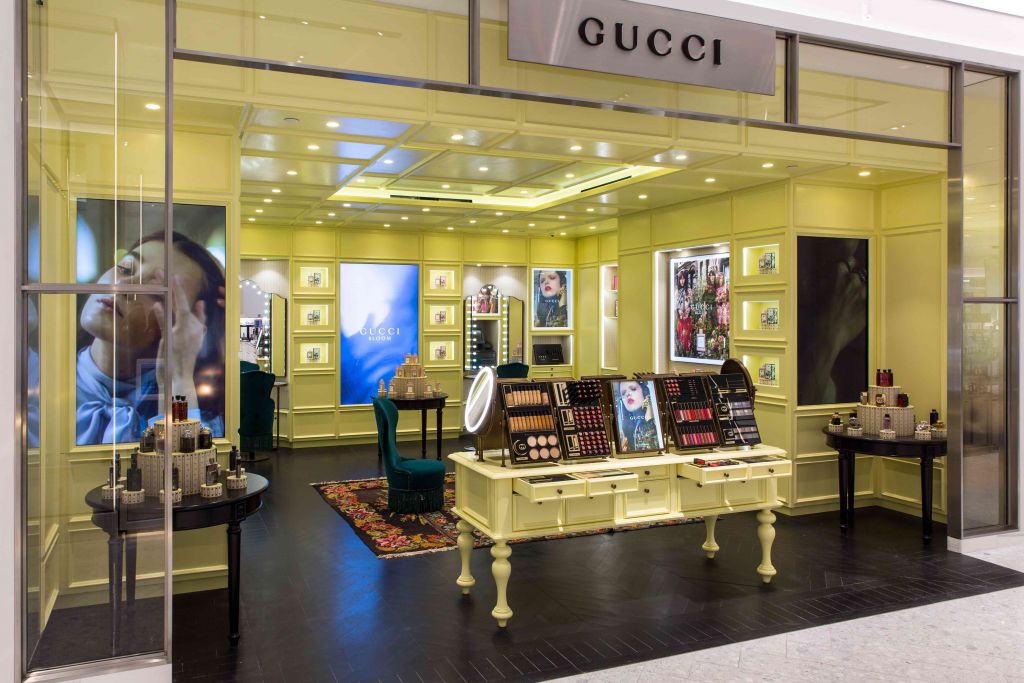
Yavil wonders if the perception of department stores as dinosaurs has taken root among younger shoppers and can’t be budged. “You don’t think you’re going to see emerging brands there, but you do at Sephora,” she says. “You expect there to be newness at Sephora, and you tell your friends about it. Even if they added indie brands in department stores, you may not be aware of the changes unless you caught a news article about them.”
Zinn Moore is comparably optimistic and stresses indie beauty brands require time to mature inside department stores. “An indie brand isn’t going to do the volume of an Urban Decay or Benefit for three years, and a department store has to understand that,” she says, noting, “I don’t think any department store has cracked the magic on how to make it work in a really big way, but I don’t think it’s something that you give up on.”
Sue Y. Nabi, founder of Orveda, a budding brand available at Harvey Nichols and Saks Fifth Avenue, feels indie brands can succeed in department stores if the department stores “give them the right space, the right visibility and the right support both in-store and on social media.” Certainly, she doesn’t see department stores disappearing as playgrounds for aspirational beauty shopping. Nabi concludes, “Those who represent something unique and are a destination will always be there as a place where you can experience new brands.”
TAKEAWAYS
- Department store retailers are turning to indie brands to bring freshness and energy to their departments. Installations with natural beauty and millennial-focused brands are proliferating within their doors.
- While they remain important in prestige indie brands’ overall distribution networks, department stores aren’t typically the number-one goal retail partners for indie brands. Particularly for brands aimed at younger shoppers, Sephora and Ulta Beauty are tough for department stores to contend with on indie brands’ retail wish lists.
- Traditionally considered cost prohibitive for small brands, department stores are adjusting their financial models to be more attractive to beauty startups. The cost reduction makes department stores appealing relative to Sephora, which demands extensive outlays from indie brands.
- Services are viewed as a possible antidote to waning department store traffic. Indie beauty brands offering compelling services are finding spaces within department stores.
- The jury is out on whether formats populated by indie beauty brands will thrive at department stores. The early results from new indie-driven formats show they may need time to mature before they net serious financial returns.




